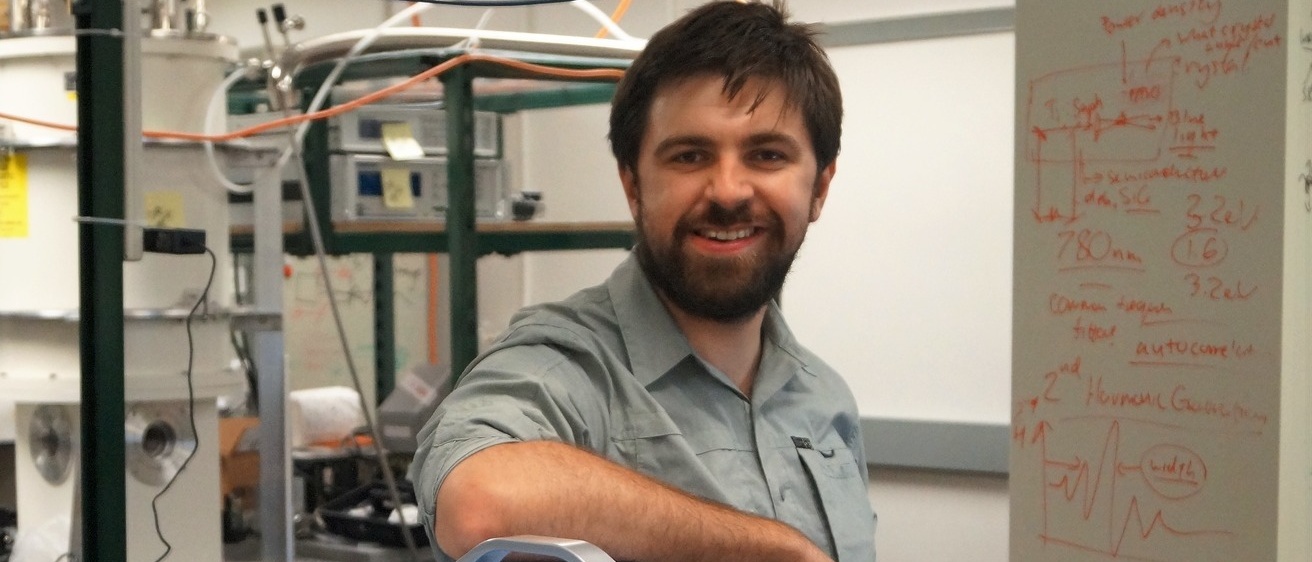By Richard C. Lewis/Iowa Now
A physicist at the University of Iowa is part of an international research team that has discovered a potential new method for controlling light.
In the study, Thomas Folland, assistant professor in the Department of Physics and Astronomy, and colleagues report that certain crystals support special types of light propagation, enabled by the “shear forces” in the crystal. The scientists show that materials with a specific arrangement of atoms support the shear forces, and hence special waves that can be used to control the direction in which the light moves.
The finding could lead to various applications, such as furthering LED technology, and advancing the detection of trace amounts of molecules—such as phosphates and nitrates—that are pollutants in the air or water.
Scientists from the Max Planck Society in Germany led the research. Vanderbilt University, City University of New York, and the University of Nebraska also were involved.
See the full paper in the journal Nature.
